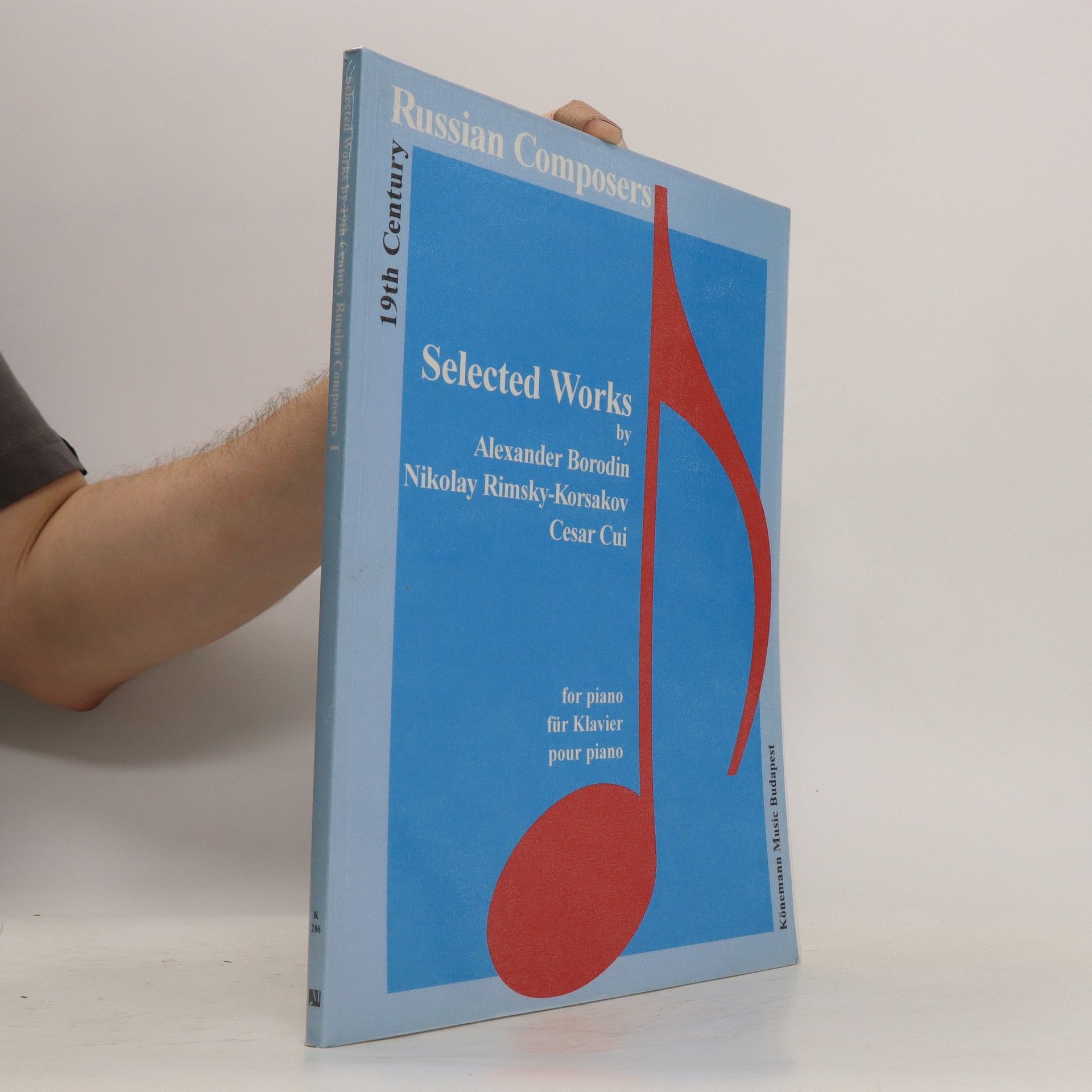The Polovtsian Dances feature two captivating pieces from the second act of Borodin's unfinished opera, Prince Igor. The first is the enchanting 'Dance of Polovtsian Maidens,' followed by the vibrant finale. After Borodin's death in 1887, Nikolay Rimsky-Korsakov refined and orchestrated these selections for a concert in 1879, showcasing the rich cultural heritage and musical innovation of the time. The dances reflect Borodin's unique style, blending folk elements with classical composition.
Alexander Borodin Livres


This collection for advanced solo piano contains 30 pieces (individually or in suites) by Alexander Borodin (1833-1877), Nikolay Rimsky-Korsakov (1844-1908), and Cesar Cui (1835-1918), members of the Russian Moguchaya Kuchka ("The Five"). The pieces include Borodin's seven-movement Petite Suite and Scherzo, Rimsky- Korsakov's Six Variations on a Theme by Bach and other works, and Cui's suite In Argentau. One of the main features of this music is its nationalism, drawing on Russian religious and folk music and incorporating the spirit and style of Romanticism.